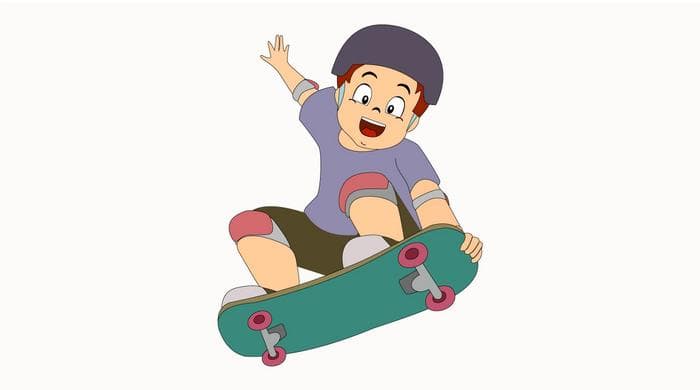Protect growth zones from fractures

The main risk of injuring growth zones falls between the ages of 10 and 16.
At this time, active bone remodeling is taking place and the growth zone becomes a vulnerable spot.
The growth zone is cartilage tissue, it is inferior in strength to bone.
Sharp blows or twisting in this area can break it. Fractures are unpleasant in themselves, but in this case, they also threaten growth.
Be careful with loads during rapid growth phases
According to statistics, 10% of adolescent injuries are related to sports. The top dangerous types include football, skiing, gymnastics, weightlifting, and baseball.1 If possible, exclude them.
Professional sports and exhausting workouts create microtraumas that can become a full-fledged injury. Do not train all year round in one specific sport without rest in the off-season. Alternate different types of sports in intensity. If possible, do not train professionally.
Do not engage in extreme types of activity such as jumping from heights, falls, direct blows to the bones and severe bone twisting, as well as lifting weights.
Choose activities with minimal additional weight and moderate intensity. Observe safety techniques.2
-
Lipp EJ. Athletic physeal injury in children and adolescents. Orthop Nurs. 1998;17(2):17-22. ↩
-
Mirtz, T. A., Chandler, J. P., & Eyers, C. M. (2011). The effects of physical activity on the epiphyseal growth plates: a review of the literature on normal physiology and clinical implications. Journal of clinical medicine research, 3(1), 1–7. https://doi.org/10.4021/jocmr477w ↩
Posted on
